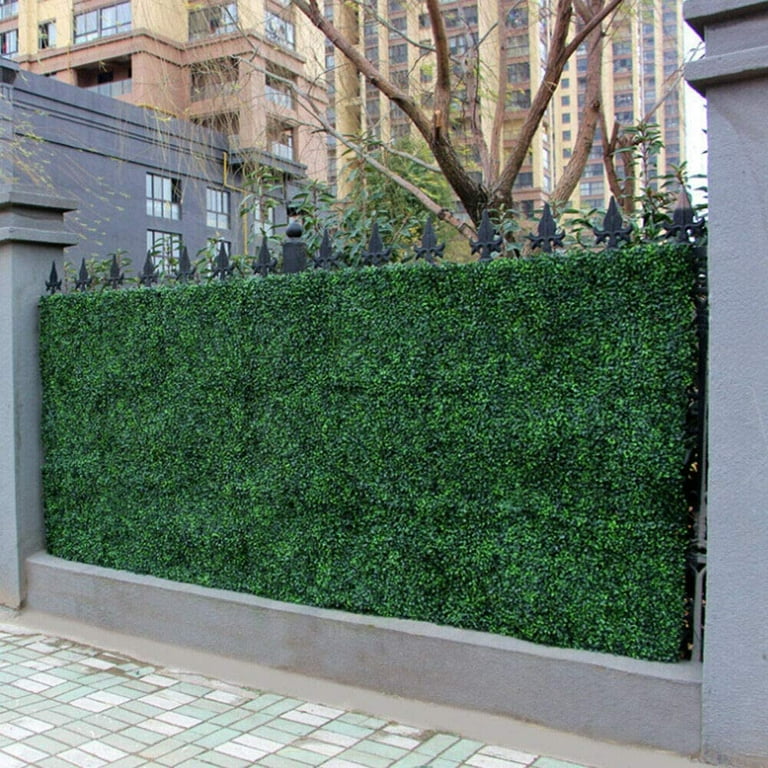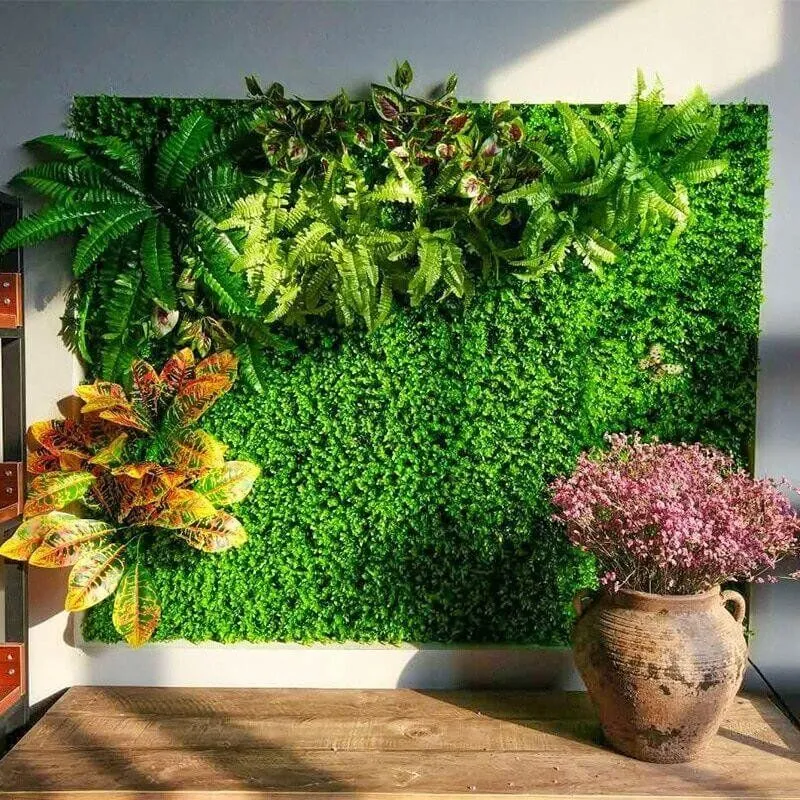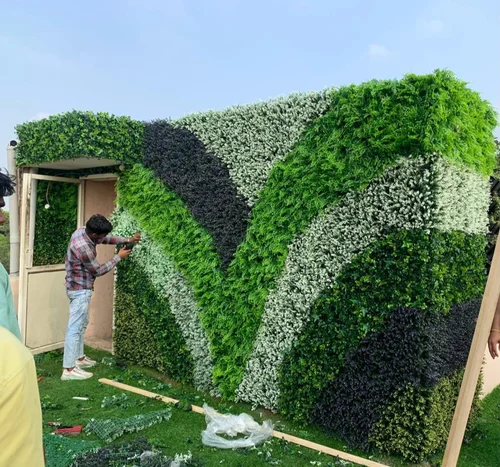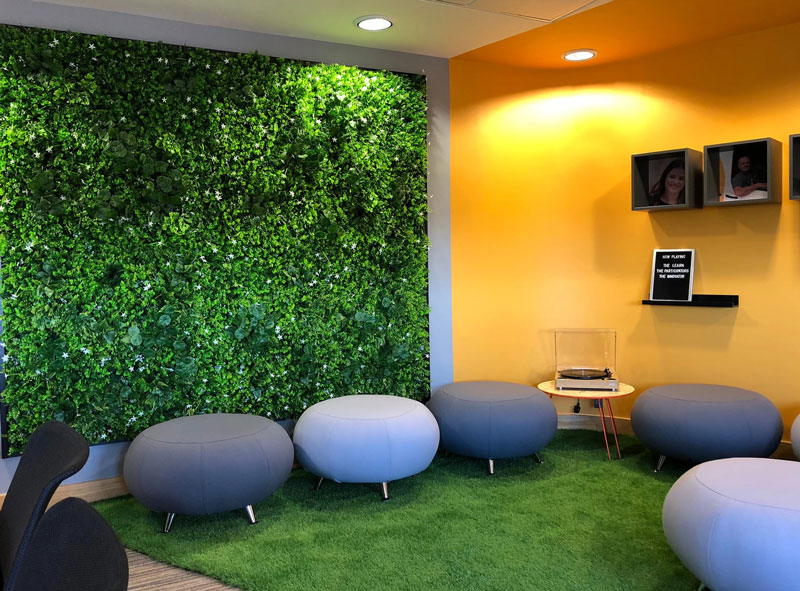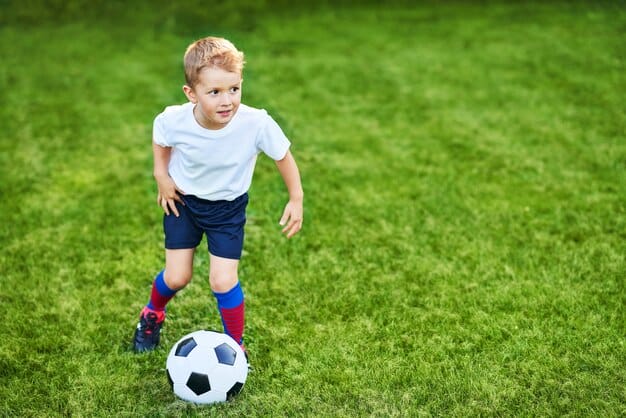
Artificial turf, commonly used in sports fields, playgrounds, and residential lawns, has gained popularity as a low-maintenance alternative to natural grass. While artificial turf offers benefits such as durability, accessibility, and year-round usability, concerns have been raised regarding its potential impact on health and safety, particularly for those who engage in physical activities on turf surfaces. In this article, we’ll explore the question: Is playing on turf bad for you?
1. Heat Retention and Temperature: One of the primary concerns associated with artificial turf is its tendency to retain heat and become significantly hotter than natural grass surfaces, especially during hot weather conditions. Elevated surface temperatures can increase the risk of heat-related illnesses, such as heatstroke and dehydration, particularly for athletes and children engaged in strenuous physical activities on turf fields. Prolonged exposure to high temperatures may also lead to discomfort and fatigue among players.
2. Abrasion and Friction Injuries: Artificial turf surfaces are typically composed of synthetic fibers and infill materials, which can create a relatively abrasive surface compared to natural grass. The increased friction between the turf and players’ skin may result in abrasions, turf burns, and friction-related injuries, particularly during sports activities that involve frequent contact with the ground, such as soccer, football, and rugby. Proper protective gear, such as knee pads and elbow pads, can help mitigate the risk of such injuries.
3. Potential Exposure to Harmful Substances: Some artificial turf products may contain recycled rubber infill, which is derived from recycled tires and may contain trace amounts of potentially harmful substances such as heavy metals and volatile organic compounds (VOCs). Although the health risks associated with exposure to these substances are still subject to debate and research, some individuals may have concerns about potential long-term health effects, particularly with prolonged exposure to turf surfaces.
4. Microbial Growth and Hygiene: Artificial turf surfaces, particularly those subjected to high levels of moisture and organic matter, may provide an ideal environment for microbial growth, including bacteria, fungi, and mold. Improper maintenance and inadequate drainage systems can exacerbate microbial proliferation, leading to hygiene concerns and potential health risks for individuals who come into contact with contaminated turf surfaces. Regular cleaning and disinfection protocols are essential to mitigate the risk of microbial contamination.
5. Allergen Sensitivity: Individuals with allergies or sensitivities to certain materials commonly found in artificial turf, such as synthetic fibers, rubber infill, or pesticides used for turf maintenance, may experience allergic reactions or respiratory symptoms when exposed to turf surfaces. Proper ventilation and allergy management strategies may help reduce the risk of allergen-related health issues for sensitive individuals.
Conclusion: While artificial turf offers practical benefits such as durability, accessibility, and versatility, it’s essential to acknowledge and address potential health and safety concerns associated with playing on turf surfaces. Proactive measures, including proper hydration, protective gear, regular maintenance, and hygiene protocols, can help mitigate the risks and ensure a safer playing environment for individuals engaged in physical activities on artificial turf.
In summary, while playing on turf surfaces may pose certain health considerations, implementing appropriate safety measures and maintenance practices can help minimize potential risks and promote a safer and more enjoyable playing experience for all.




